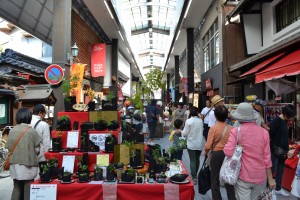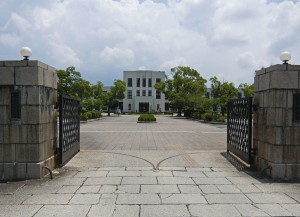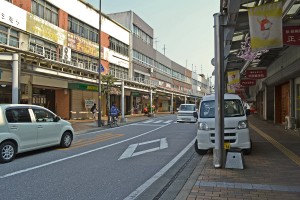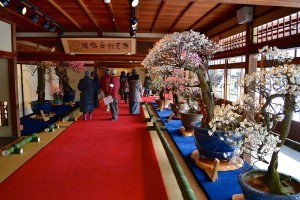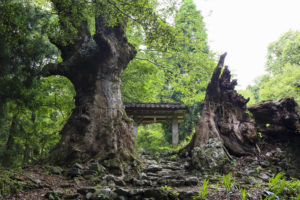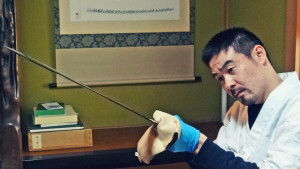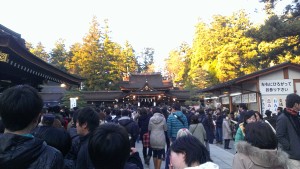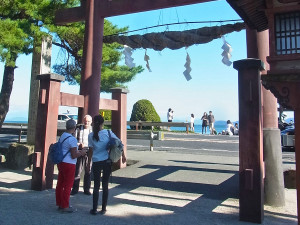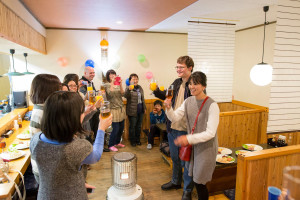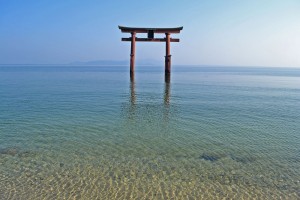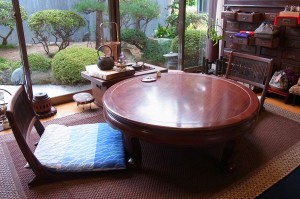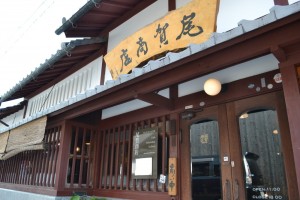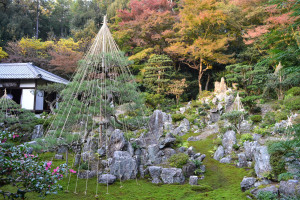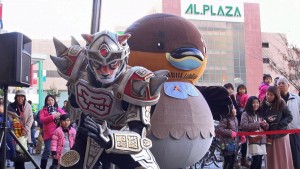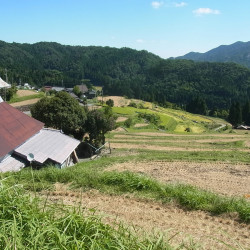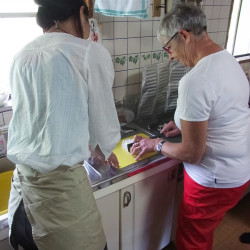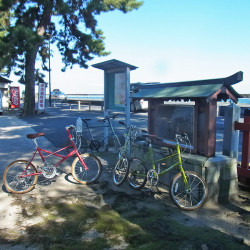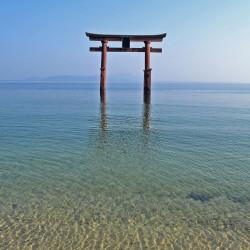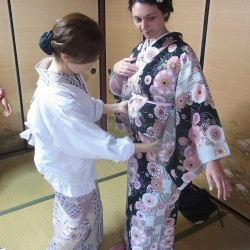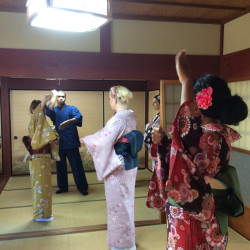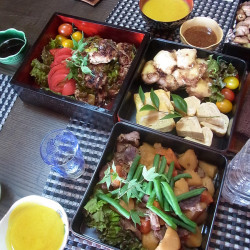Shiga Enriched through English
As 2015 comes to a close, take a moment to stop and reflect over your Shiga highlights for the year. Where did you go? What did you do? Did you discover anything new? For a lot of newcomers to the prefecture, there’s plenty on offer. However, sometimes getting to the heart of experiences here can be a little harder to navigate if you don’t have the local know how – or language. Luckily, that’s changing, care of a new trend permeating the prefecture.
For those seeking authentic, locally guided experiences in food, culture and sightseeing – all through the ease of English, your time has come. Welcome to the boom of Japanese hosted tours and experiences in English! The perfect blend of discovering more about your prefecture through locals and seeing Japanese people eager to use their English and connect with foreign people in very real and useful ways. Yatta!
Over the last few months, I’ve sampled two of these experiences and would like to share some of their feel with you so that if you’re interested, you or your extended guests can give them, or similar experiences, a go.
First, I’d like to introduce a tour I did with a company called ‘Tour du Lac Biwa’ (http://www.lacbiwa.com/), the word ‘Lac’ coming from the French for ‘lake’. While they offer a range of experiences, I joined the ‘Takashima Cycling and Rice Terraces Tour’ on the ‘wilder’ west side of the lake.
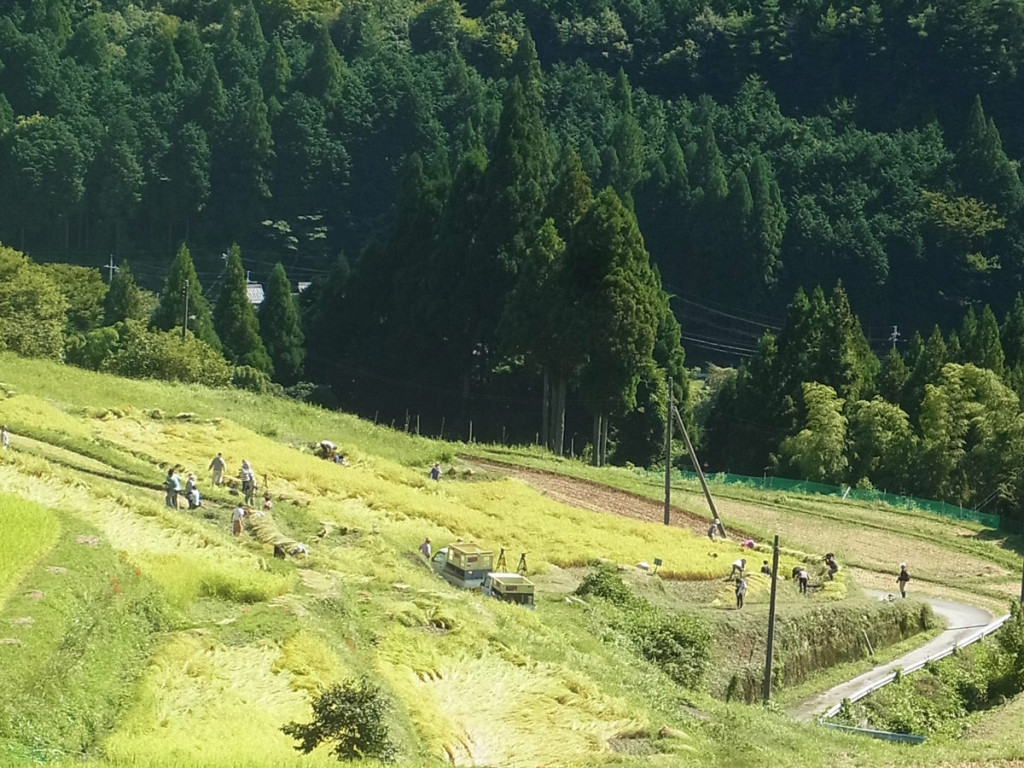
The tour takes you inside the livelihood of a small mountain-side community specializing in terraced rice production.
Whilst walking through the scenic surrounds, we learnt from our very informative and gracious guide, Shino, about the ecology of the area and the benefits of harnessing the natural mountain spring water flow for effective – and tastier! – farming. There were also plenty of gorgeous photo opportunities. Next, we rolled up our sleeves to join a few locals harvesting some of the grown rice before retiring to one of the very picturesque traditional village houses. Here, we got to meet the long time residing family while getting a very important taste of the local produce – even helping to make one of the side dishes for extra cultural immersion! Lunch was followed by a Japanese matcha tea ceremony in the house (the informal setting made it perfect to stop and ask questions along the way, something a bit trickier to do in more formal settings). Well filled, we hoped on a local bus, ready to pick up some rental bikes to ride along the scenic coastline to the very famous Shirahige Shrine nearby. The shrine, noted as Shiga’s oldest, is a popular spot to enjoy the lake as it has its own floating torii gate sitting majestically just out from the shore.
The tour, stretching between 10 and 4, offered a good range of diversity as well as the ease of everything being ready and planned for you along the way. This is a plus for those visiting the area without any links into local communities or the transportation to get to them – it does, however add to the cost of the tour which comes in at around 20,000 yen for everything included. But you also pay to get professionalism. Our highly commendable and down to earth guide, Shino, fluent in English, offered well researched information and insight across everything we did. Although I have lived in Shiga over 10 years, I still found a lot to learn regarding the way terraced rice fields make good use of mountain water, how to cook food I’m just familiar with eating and even more about shrine practices. I also got to meet some wonderful French people along for the tour which was a plus I hadn’t expected from the outset. Have a look at the variety of tours and experiences Tour du Lac provide on their website and keep them in mind for yourself or for those you know visiting – and even just to peek in at some of the cool stuff Shiga has waiting for you to explore.
The other experience I tried of late was a home ‘cooked’ visit to a house in my local area of Yokaichi in Higashiomi City. The host, Akiko, assisted by a team of fellow supporters including one of my English speaking friends, Saori, aims to give foreign visitors a fun and hands on, English assisted, taste of Japan.
..guests are treated to a wide spread of Japanese dishes and given the opportunity to try their hands at making takoyaki or perhaps even sushi.
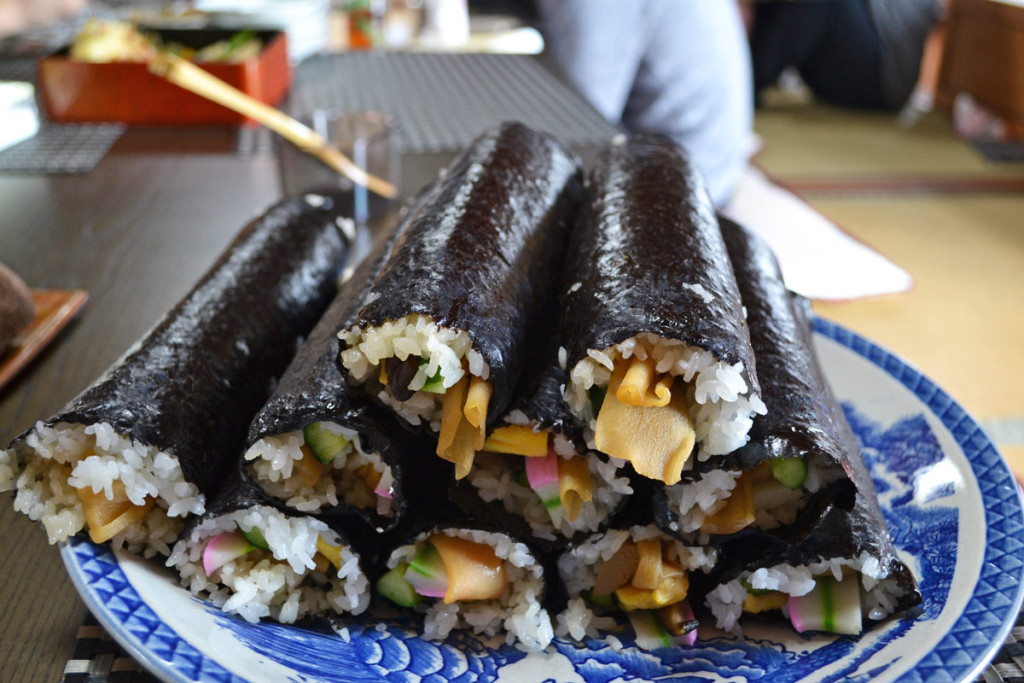
Arriving at the traditional style Japanese house, guests are treated to a wide spread of Japanese dishes and given the opportunity to try their hands at making takoyaki or perhaps even sushi. There’s also the chance to be dressed in kimono or have a quick traditional dance lesson. Until recently, Akiko was taking in guests through ‘Nagomi Visit’ – an interesting web service offering foreigners a kind of ‘one meal homestay’ with Japanese people. Her plans, however, are set to extend into opening her own guest house of sorts to allow guests to see the local area, enjoy local cooking and then to sleep it all off in cozy, traditional style. It has me excited knowing I have a place for my parents and friends to stay on their future visits. That English is available too means any of their (or your) questions will be well answered for better Japanese understanding. Win, win. Once their new website is launched (slated for early 2016), they are also planning to offer English booking for other local area tours and events too. It’ll be interesting to see what they come up with!
While in this flurry of English Shiga activity, I thought I’d give my local English conversation class the challenge of putting forward their best tour itineraries or experience suggestions in English for our recent community center culture festival. From their insights and recommendations, I’ve already been to one new restaurant I didn’t know about and am keen to explore more – especially of the fruit growing area over in nearby Aito. It also helped bring out discussion of how foreign people, in their keen interest to seek out the best the country has to offer, can help identify traditions and practices worth investing in for long term prosperity. It’s also great that a lot of their suggestions were of the healthier ‘slow life’ variety – connecting people and natural resources through dedicated attention to detail and care. That many of these activities are supportive of local economy and vitality too is an added bonus – sure to keep Shiga a worthwhile place to live in, or visit, in the future.
So, get searching out there in Shiga! While there’s lots to see, there’s also more to hear and experience through those passionate to share the soul of Shiga in English.

